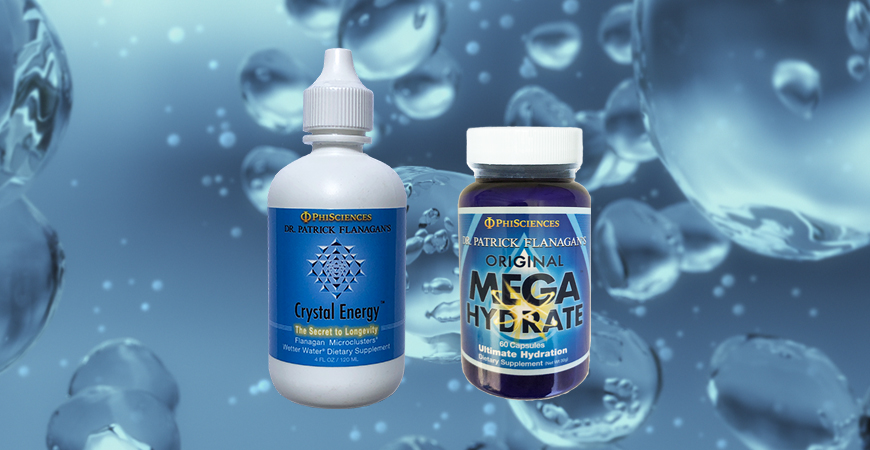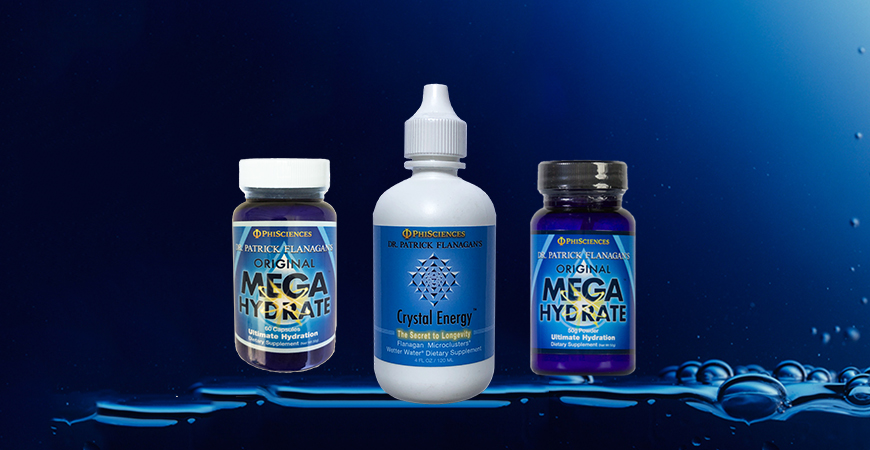Maintaining the health of your vagina is worthy of life itself. Your vagina is sacred – for it is the gateway of life.
As with all water on the planet, the waters (fluids) of your vagina are in constant movement. When imbalance occurs, and things go astray, checking the pH of the tissues waters can be achieved easily, quickly and cheaply.
For the truth is, the health of your vagina is all about microbes and the pH of the water these microbes are sustained in is what you’re looking to ascertain.
What if I’m using creams etc.
If you’re using or have recently used creams etc. to treat your vagina, the results you get when you check your pH may not be a true indication of your vagina’s terrain, as whatever your using/applying can, and more than likely will effect your pH readings.
This is why it is suggested to regularly check the pH of your vagina’s fluids for day’s if not weeks so you have a before and after snapshot of what is normal for you.
What you need to test vaginal pH
- We would advise using pH litmus paper over plastic strips as plastic strips can have sharp corners and or serrations.
- Choose pH litmus paper that measure pH in increments of 0.5 pH or less. The smaller the increments, the more accurate the readings.
- If you’re having regular periods, choose strips with at least 4.0-5.0 pH on the scale.
- If you’re menopausal, you’ll need paper that can also read into the alkaline levels so choose paper that can read from between 4.0 on the acid side to 9.0 on the alkaline. In menopause, healthy vaginal pH is about 5.5.
- You’ll also need adequate vaginal fluid to wet the pH litmus paper.
How to test
- Break off some litmus paper from your roll so there’s enough paper for you to hold on to and an inch or so (25mm) to push inside your vagina. Don’t let go of it! Use your muscle to clamp down a bit on the paper so it gets covered in fluid, then gently pull it out.
- Alternatively, you can also use a dry finger (wash and dry your hands first) to pull some fluids out and apply to the litmus paper. Make sure there’s enough fluid to wet the paper.
- The results on the paper will be instant so check the colour of the paper against the colour chart found on the side if the litmus paper container.



